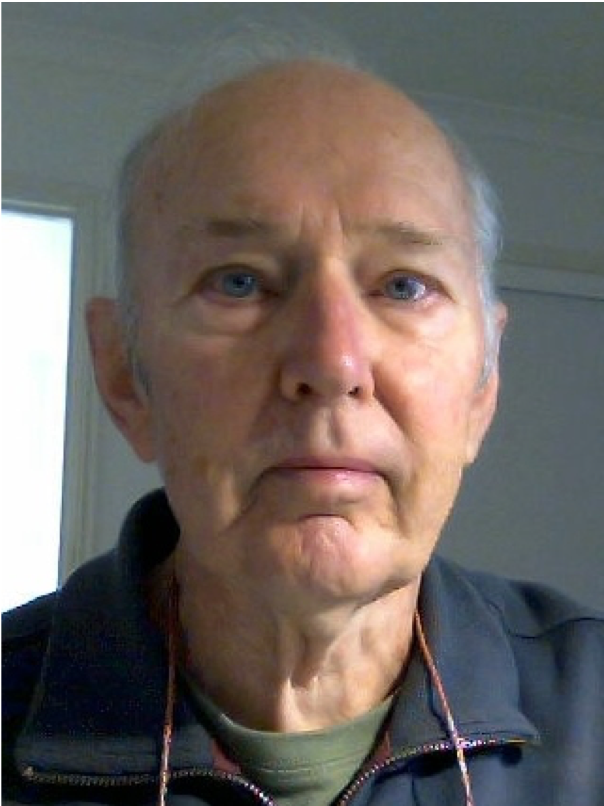Jubilee Fellow – 2015

Professor Frank Jones
BA (Sydney), PhD (ANU)
2015 Reflections
My early academic career coincided in large part with the great expansion of tertiary education that followed the Murray Committee inquiry of 1957. After joining the newly established Department of Sociology in the Research School of Social Sciences in 1963, during the following decade my research activities at the ANU involved aspects of Italian migration to Australia, urban sociology, and Aboriginal demography. The last topic brought me into contact with the late Charles Rowley, who had been appointed in 1964 by the Academy of the Social Sciences in Australia (or the Social Science Research Council of Australia, as it then was) to direct and oversee a major study of Aborigines in Australian Society. This initiative led me to extend my earlier work on the Northern Territory Aboriginal population (funded, and published as its first monograph, by the recently established Australian Institute of Aboriginal Studies) into a study of official data for the whole of Australia. The late Leonard Broom and I brought some of this work together in a monograph entitled A Blanket a Year (1973, ANU Press). In short, the Academy facilitated my research work prior to my election as a Fellow in 1974. The Academy’s productive model of appointing a group leader to stimulate, and where appropriate commission, relevant research has been instrumental in extending the Academy’s research reach, and impact, both then and later.
During the 1970s, my research activities widened, to focus more generally on issues pertaining to social inequality, social stratification, and social mobility. Much of this research was conducted jointly with Broom and others. While my research focussed primarily on the Australian experience, it also had a strong comparative dimension via my membership of Research Committee 28 (Social Stratification) of the International Sociological Association. My research explored substantive issues beyond matters strictly defined as sociological, with excursions into related social sciences, for example voting behaviour, economic history, and statistical modelling of social processes.
I count these diverse excursions into cognate fields as a matter for some pride, as I do also my 1975 involvement in formulating, with David Featherman and Robert Hauser of the University of Wisconsin, the hypothesis of common social fluidity. We proposed the existence of a relatively stable process of status transmission in industrial society, a process underpinned by the family system and a market economy. We argued that this process was relatively uniform at a deeper, genotypical level, but variable in terms of its phenotypical expression due to differences in the rate of change in occupational structures across time and countries. This proposal, which became known as the FJH hypothesis, motivated a good deal of comparative stratification research over the next decade and a half, some of it supportive, some of it critical. Useful introductions to these issues are available in my 1992 defence (“Common Social Fluidity: a Comment on Recent Criticisms”, European Sociological Review, 8 (December): 233-237); the volume authored by Robert Erickson and John Goldthorpe (The Constant Flux: A Study in Class Mobility in Industrial Nations, 1992, Oxford: Clarendon Press); and a more recent critical appraisal published by my former colleague Gary Marks (Education, Social Background and Cognitive Ability: the Decline of the Social, 2014, Routledge: Abingdon).